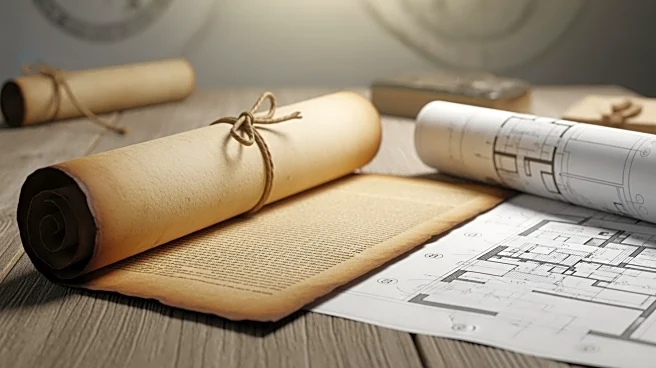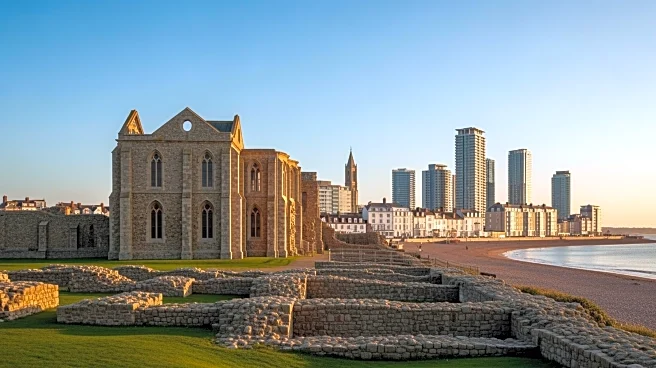Lancaster, Lancashire, is a city in England known for its rich history and cultural significance. It serves as the main cultural hub, economic, and commercial center of the City of Lancaster district. The city is located on the River Lune, directly inland from Morecambe Bay. Lancaster is the county town, although Lancashire County Council has been based at County Hall in Preston since its formation in 1889.
First Peoples & First Mentions
Lancaster was recorded in the Domesday Book
of 1086 as Loncastre, where 'Lon' refers to the River Lune and 'castre' from the Old English cæster and Latin castrum for 'fort' to the Roman fort that stood on the site. A Roman fort was built by the end of the 1st century CE on the hill where Lancaster Castle now stands, possibly as early as the 60s, based on Roman coin evidence.
Explorers, Missions & Colonial Outposts
After the Norman conquest of England in 1066, Lancaster fell under the control of William I, as stated in the Domesday Book of 1086. Lancaster became a borough in 1193 under King Richard I. Its first charter, dated June 12, 1193, was from John, Count of Mortain, who later became King of England.
From Empire to Nation: Transfers of Rule
Lancaster Castle, partly built in the 13th century and enlarged by Elizabeth I, stands on the site of a Roman garrison. During The Great Raid of 1322, damage was done to the castle by Robert the Bruce, though it resisted the attack and was restored and strengthened by John of Gaunt, 1st Duke of Lancaster.
Rails, Roads & River Landings: Corridors That Sited Lancaster
The A6 road, one of the main historic north–south roads in England, passes through the city center, with northbound and southbound traffic on separate streets, and crosses the Lune at Greyhound Bridge northbound and Skerton Bridge southbound. The M6 motorway passes to the east of Lancaster with junctions 33 and 34 to the south and north.


















